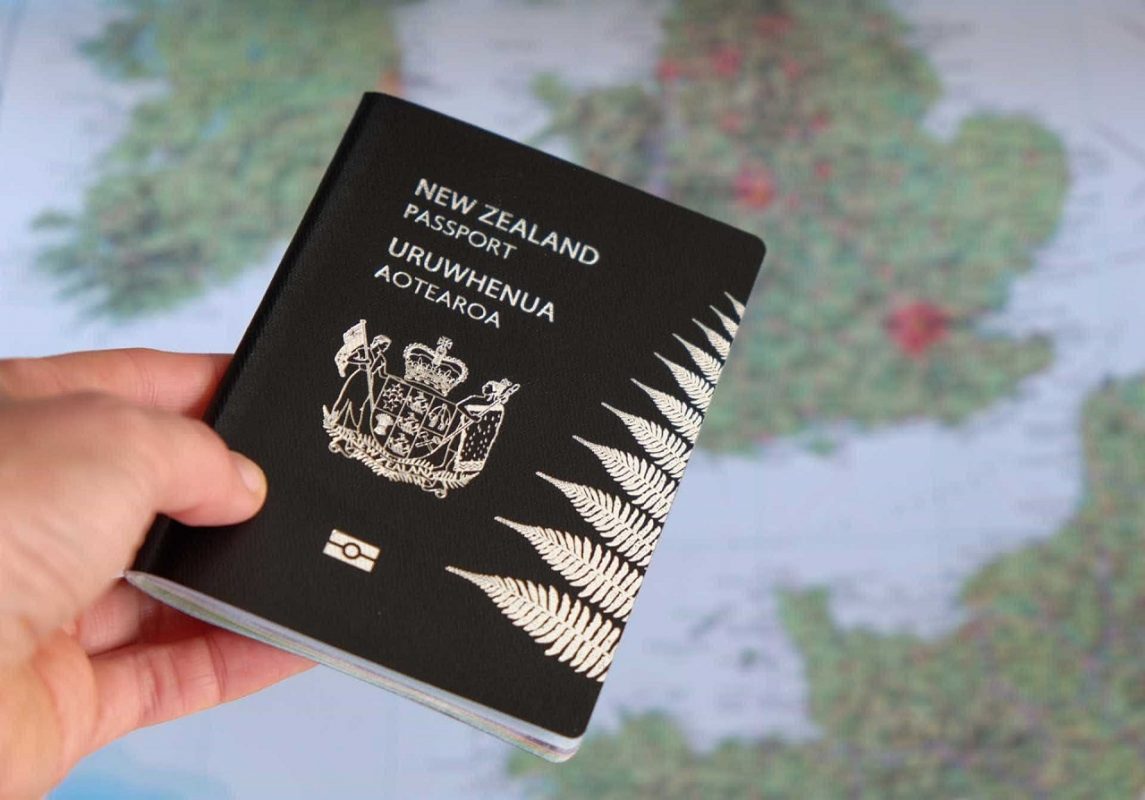Are you a Guatemalan traveler dreaming of exploring the enchanting land of India? Well, get ready to embark on an extraordinary journey filled with vibrant colors, rich cultural heritage, and breathtaking landscapes! But before you set foot in this mesmerizing country, it’s crucial to be well-informed about the Indian Visa Application Process. Don’t worry; we’ve got your back! In this blog post, we will guide our fellow Guatemalan wanderers through every step of the process – from filling out the application form to obtaining your visa. So sit tight and let us unravel the secrets that will unlock your Indian adventure! INDIAN VISA FOR GUATEMALAN CITIZENS
What is the Indian Visa Application Process?
The Indian visa application process can be a bit daunting if you don’t have a solid understanding of the procedures involved. Here are four things you need to know:
1. The first step is to gather all of the required documents. This includes your passport, a valid visa application form, two recent passport-style photos, and a fee.
2. Next, you will need to submit your application to an Indian embassy or consulate in your home country. You must provide the embassy or consulate with your full name, date of birth, passport number, and other required information.
3. After submitting your application, you will receive a notification from the embassy or consulate indicating the next steps in the process. You may need to attend an interview or provide additional documentation depending on your situation.
4. Once all of the necessary requirements have been met, you will receive a visa approval letter from the embassy or consulate authorizing you to travel to India. Be sure to keep this letter handy as it will be required when traveling to India for vacation or business purposes.
How much does it cost to apply for an Indian Visa?
There is no one-size-fits-all answer to this question, as the cost of applying for an Indian visa can vary depending on the nationality of the applicant and the country or region from which they are traveling. However, in general, applicants can expect to pay between US$60 and US$300 for a visa application fee. Additionally, some applicants may need to provide additional documentation, such as a passport photo or proof of residence in India.
What documents do I need to bring with me when applying for an Indian Visa?
If you are a citizen of Guatemala and you want to travel to India, you will need to apply for an Indian visa. There are different types of Indian visas that you may be eligible for, depending on your nationality and your purpose of travel. INDIAN VISA FOR GUINEAN CITIZENS
To apply for an Indian visa, you will first need to obtain a visa application form from the Indian embassy or consulate in Guatemala. You will also need to provide documentation that proves your identity and your citizenship status in Guatemala. These documents can include your passport, birth certificate, and any other identification cards that prove your identity.
Once you have completed the visa application form and collected the required documents, you should take them to the embassy or consulate office where you will be applying for your visa. You will need to show the application form and all of the required documents to the staff at the embassy or consulate. The staff there will then process your visa request based on the information provided on the application form.
It is important to note that not all embassies or consulates in Guatemala offer Indian visas; so it is important to check with each one before applying. Some embassies or consulates only offer tourist visas while others offer various types of official Indian visas.
Can I travel to India without an Indian Visa?
If you are a national of any country and want to visit India, you’ll need to apply for a visa in advance. The application process is relatively straightforward, but there are a few things you should know before you start.
First, make sure that your passport is valid for at least six months after your planned departure from India. Second, be aware that the Indian visa application process can take up to two weeks. Third, remember that you will need to provide proof of funds in the form of a repatriation certificate or bank statement. Keep in mind that Indians do not generally require a tourist visa for visits of up to 30 days. However, it is always best to check with your embassy or consulate before travelling to confirm specific visa requirements.
How long does it takes to receive an Indian Visa?
If you are a citizen of India, you may be eligible for an Indian visa if you wish to travel to India. The process of obtaining an Indian visa can take some time, but it is relatively straightforward. First, you will need to submit an application form to the Indian Embassy or Consulate in your home country. You will also need to provide some documentation that proves your identity and citizenship. Once the application has been submitted, the embassy or consulate will review it and decide if you are eligible for a visa. If you are approved, they will send you a visa application form which you must complete and return to the embassy or consulate. You will then need to provide additional documents, such as photocopies of your passport pages and flight tickets, when you arrive in India. Once all of these documents have been received and processed, your visa will be issued. It is important to note that there can sometimes be delays in issuing visas, so it is advisable to apply well in advance of your desired travel date.
What are the cons of not having an Indian Visa?
There are a few potential drawbacks to not having an Indian visa, depending on your specific situation. If you’re not a citizen of India, for example, you may be unable to travel there without first obtaining a visa. And even if you are a citizen of India, certain restrictions may still apply. For example, you might not be allowed to stay in certain areas or visit certain tourist sites.
Another potential downside is that you may have to wait longer than usual to get a visa. This is especially true if you’re applying through the embassy or consulate in your home country. And even if you do get a visa, it may not be valid for the entire duration of your trip. You’ll need to check the expiration date and make sure that all the other requirements of your trip are met before traveling.
Though, these caveats are relatively minor compared with the benefits of traveling to India. In particular, India is one of the world’s most culturally diverse and fascinating countries – so there’s definitely something for everyone here!



